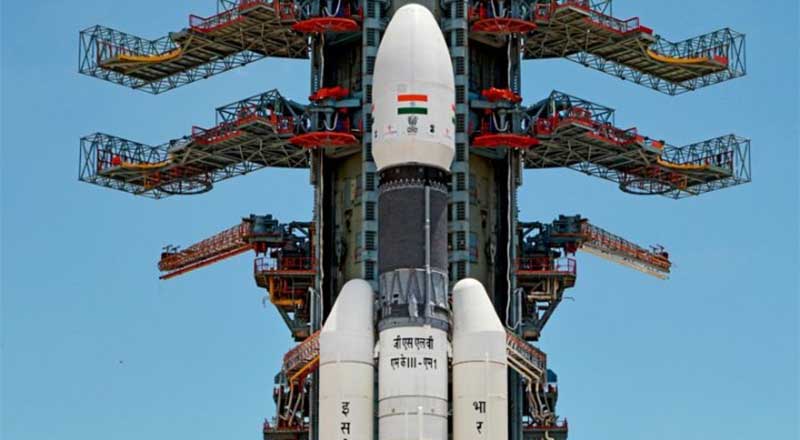As the countdown is finally over ,today at 2.48 PM, Chandrayaan 2(India’s second moon mission) has launched successfully from Sriharikota, SHAR Space Port, the Indian Space Research Organisation (ISRO).
Chandrayaan 2 launched onboard its most powerful rocket GSLV-Mk0III-M1 from Sriharikota today, a week after the lift-off was aborted due to a technical snag and it is the world’s first mission to the Moon’s south polar region!
Chandrayaan 2, is not only succeeded but also made the remarkable discovery of water on the lunar surface. The lunar South Pole region is of importance to India. This because the possibility of water being present in the permanently shadowed areas of the region is higher. A large section of this surface stays in the shadow compared to the North Pole.
The four theories are:
- Fission theory states that the earth’s rotational speed caused the Moon to split from the planet earth, while its gravitational pull anchored this fragment to become our natural satellite.
- According to the Captive Theory, the moon was an untethered object before it was captured by the earth’s gravitational field during a fly by.
- The third hypothesis of co-accretion says a single cloud of gas created the moon and the Earth while orbiting a black hole
- Giant Impact Hypothesis attributes a collision between the Earth and another celestial body caused a segment of the planet to break off and become the moon.
The spacecraft will spend 23 days in Earth orbit, before making its journey to the Moon. The journey to the Moon will take seven days. Chandrayaan-2 is expected to spend 13 days in lunar orbit, before the Vikram Lander module and the Pragyaan Rover will separate from the Orbiter and make its way to the surface of the Moon. On September 6, if all goes well, the duo will soft-land on the Moon.





